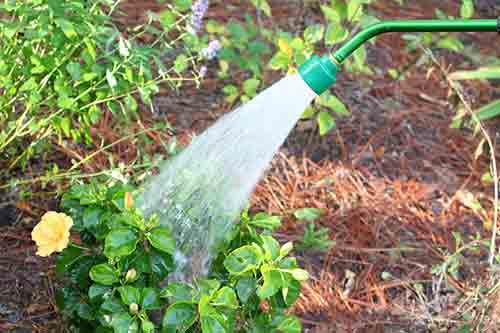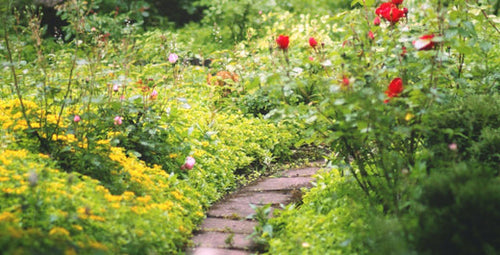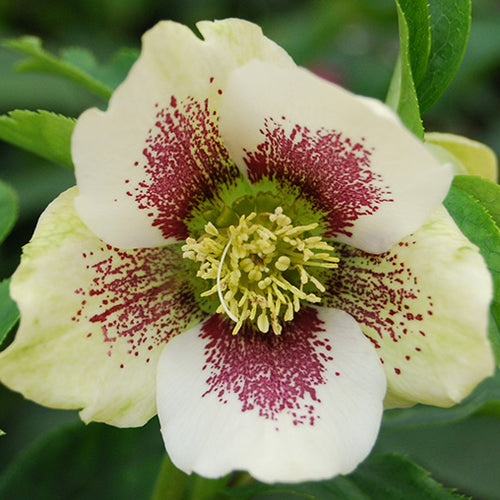Probably the most popular of all flower colors, blue is cherished because it adds a sense of cool elegance to any setting particularly during the dog days of summer. Plus, research shows that blue blooms appeal to both men and women equally. Blue flowers are also relatively rare in nature so it’s fun to seek them out for your own backyard.
Of course, blue flowers also come in a wide range of shades from pale powder blue to almost purple, so it’s possible to create a fantastic border or container using just one color palette. But, blue flowers are also accommodating, mixing seamlessly with any other color you choose. Some of the best partner bloomers sport white, pink, or yellow blossoms.
 Great blue-flowering annual flowers include ageratum (in photo), browallia, annual salvia, lobelia, verbena, evolvulus, scaevola, angelonia, and torenia.
Great blue-flowering annual flowers include ageratum (in photo), browallia, annual salvia, lobelia, verbena, evolvulus, scaevola, angelonia, and torenia.
Use them in pots, planters, hanging baskets, window boxes or directly in the garden bed. They’ll put on a bold show from spring to fall, but will need to be replaced every spring.
Excellent perennials that produce blue or purple flowers include:
- Agapanthus
- Aster
- Balloon flower
- Baptisia
- Campanula
- Catmint
- Clematis
- Delphinium
- Geranium
- Iris
- Mexican petunia
- Russian sage
- Salvia
- Scabiosa
- Veronica
Use perennials in containers or directly in the landscape. These beauties will come back year after year, often for decades.
And don’t forget to include a generous helping of fragrant, blue-flowering plants such as butterfly bush, lavender, phlox, sweet alyssum, and petunia. Not only do they add gorgeous color, but they will also perfume your entire garden.
Written by Justin Hancock

















